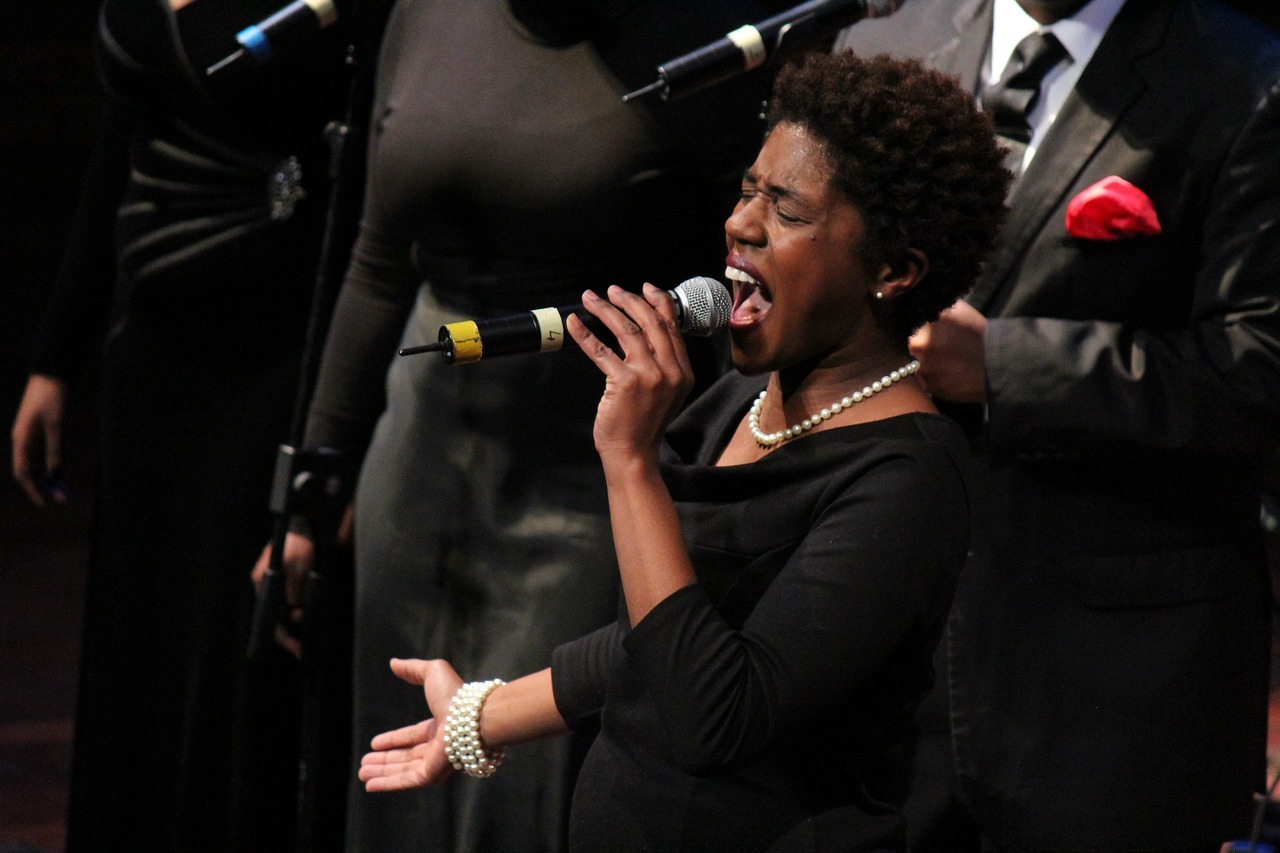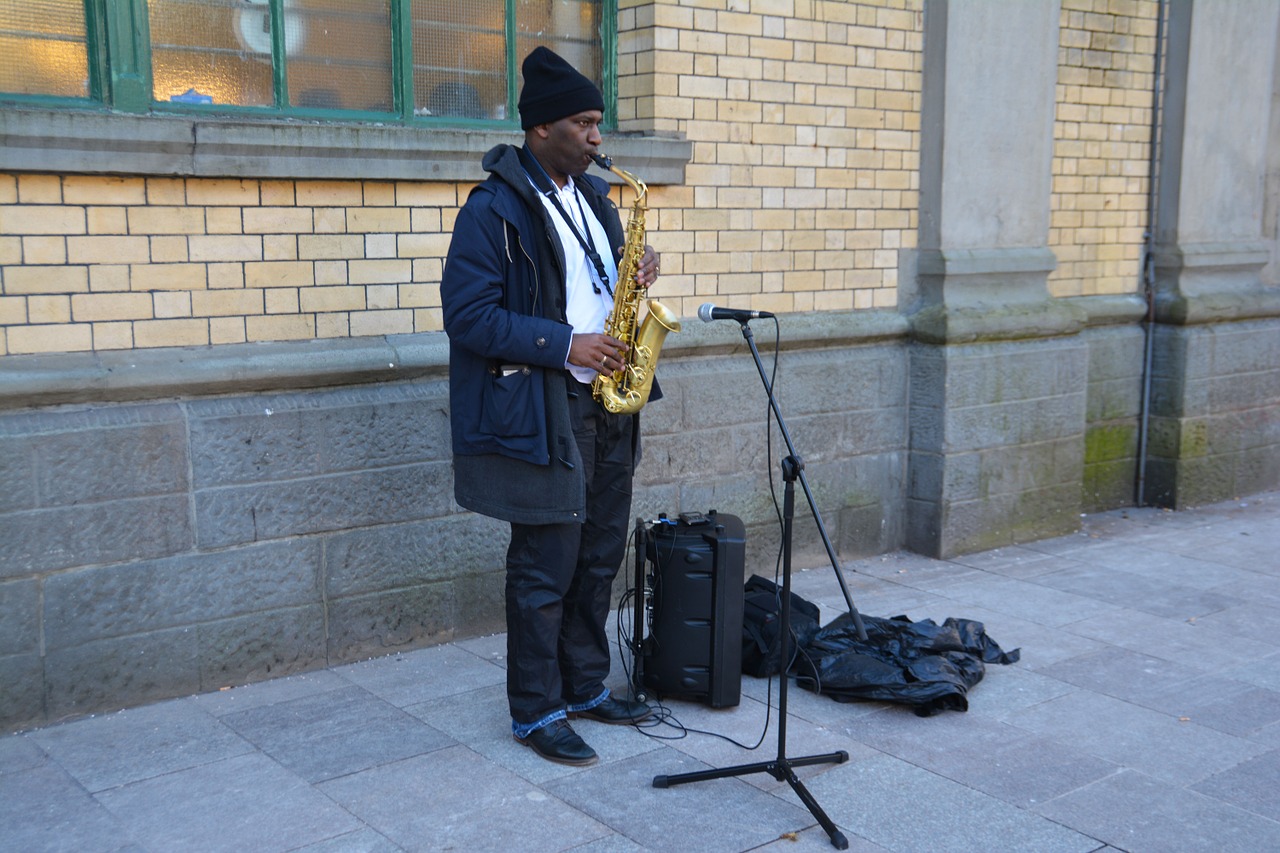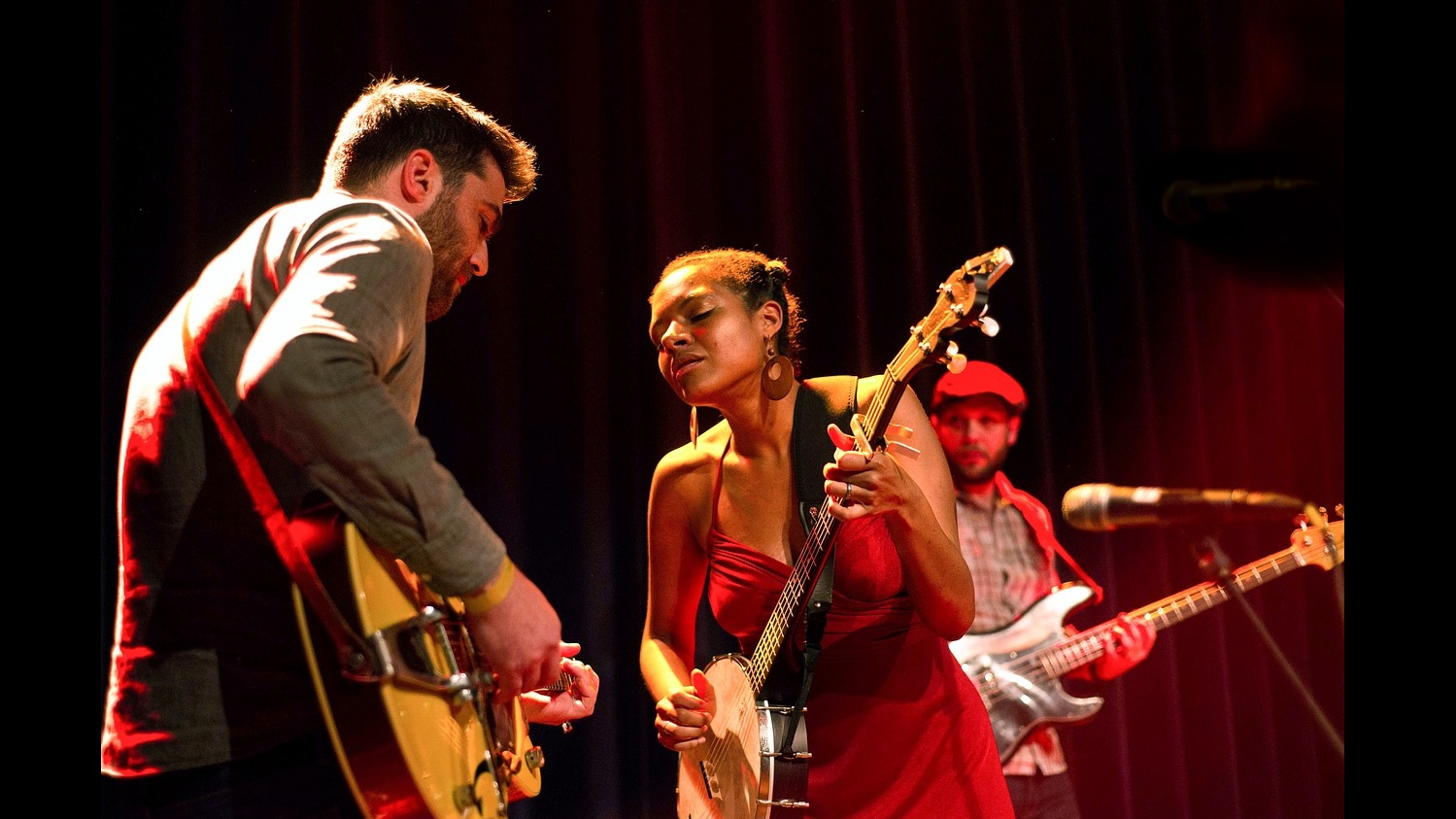
Rhythm and blues is an African-American genre of music that ended up being popular in the 1930s and 1940s. Check out the meaning of rhythm and blues, its storied past, famous artists and songs, and its progression as a musical genre.
Rhythm & Blues
When it pertains to things with long and complicated histories (like music), we tend to forget simply how highly today has been influenced by the past. Pop music today is diverse and draws from several categories; however, much of these present day designs would not exist without the strong impact of the rhythm and blues music from the mid-20th century.
Rhythm and blues (often called R&B) is a design of American music that emerged from the different sub-genres of jazz and blues that were popular throughout the very first half of the 20th century. Like all styles of music, it's hard to pinpoint precisely where and when it began.

That said, rhythm and blues has deep roots in a variety of African-American designs. Gospel music, with its rhythmic style and religious or spiritual call-and-response vocal arrangements, was particularly essential to R&B artists.
The 1930s & 1940s
Throughout the 1930s and 1940s, cities like Chicago, New York, and Detroit became hotbeds of brand-new musicians like Cab Calloway, a swing bandleader, and T-Bone Walker, a jump-blues guitarist. Unlike jazz, which can have made complex orchestrations and accommodates improvisation, the swing and jump-blues played by artists like Calloway and Walker had a more disrobed, uncomplicated noise. Furthermore, some artists, like Walker, placed a greater emphasis on the electric guitar, which resulted in the popularization of the electric blues, or Chicago blues.
Offered the nuanced and intersecting nature of musical designs, there's a certain degree of subjectivity when it comes to designating these artists of the '30s and '40s to the classification of rhythm and blues.

By the late 1940s, nevertheless, this varied collection of African American groups and musicians was identified as rhythm and blues by
Billboard Magazineauthor Jerry Wexler.
The 1950s
By 1951, rhythm and blues had actually developed itself as an official category, and artists like Ruth Brown scored hits with tunes like 'Mama, He Treats Your Daughter Mean.' These early records stayed real to the genre's roots with basic arrangements, minimal production, and strong, practically gospel-like singing deliveries. Sensing that there was money to be made from the growing trend, labels like Atlantic Records and Savoy started to move their focus away from jazz and began signing rhythm and blues singers and groups.
When Jerry Wexler left
Billboard Magazinein 1953 to become a partner at Atlantic Records, the label started producing records that have considering that become genre-defining. With the finalizing of imitate Ray Charles and the Drifters, Atlantic had a strong hold over the rhythm and blues music charts throughout the very first half of the 1950s with songs like Ray Charles' 'What 'd I Say;' Big Joe Turner's 'Shake, Rattle, and Roll;' and the Drifters' 'Such a Night.'
Regardless of the reality that varied audiences now think about these records classics, in its early years, R&B was mostly marketed towards African-American audiences. In truth, prior to being termed rhythm and blues, the genre was more frequently described as race music or negro music. When these songs lastly reached white audiences in the late 1950s and early 1960s, it was generally through white performers like Elvis Presley tape-recording their own versions of R&B songs.
This paradigm began to shift when disc jockeys like Alan Freed started playing the original African-American recordings on their radio programs. Having found that they had actually been hearing white variations of the songs, white teens established an interest about the originals. At a time when much of the nation was still struggling with racial stress, the rising appeal of African-American music with white audiences was an amazing juncture for American race relations.
 Add Row
Add Row  Add
Add 




Write A Comment